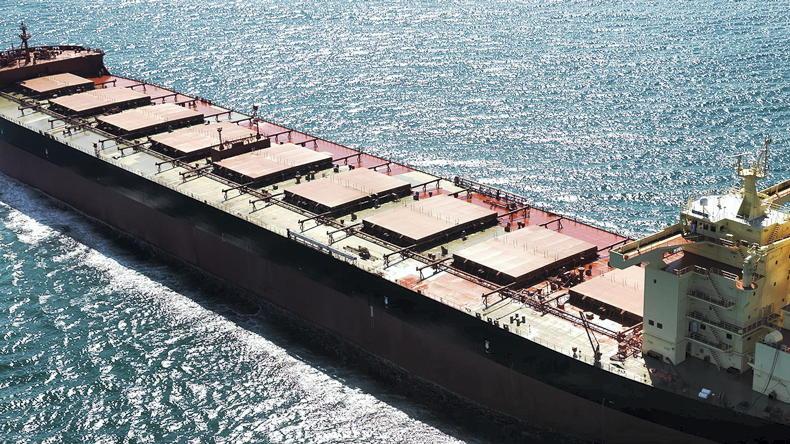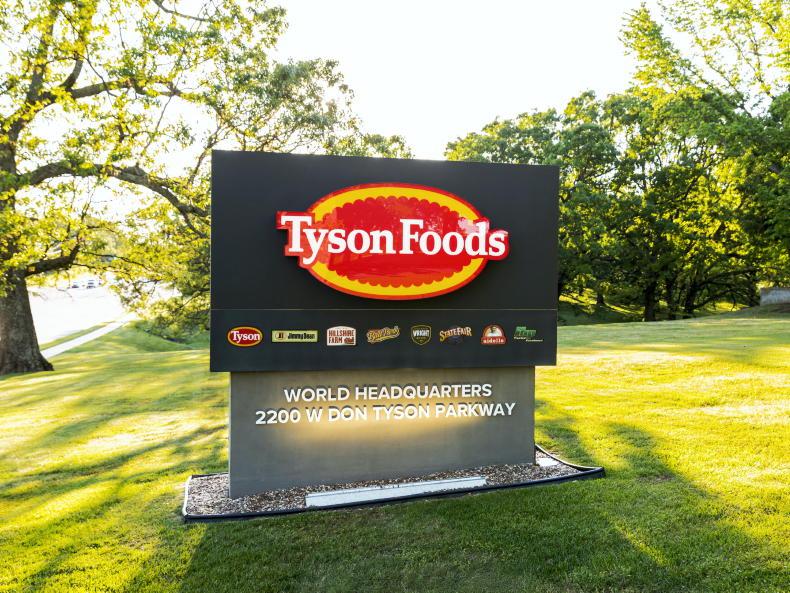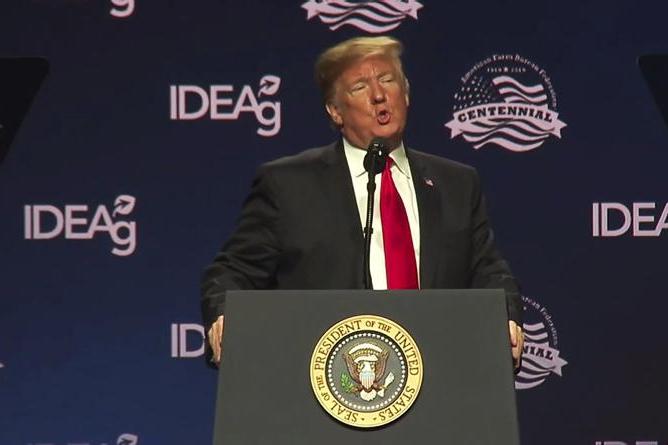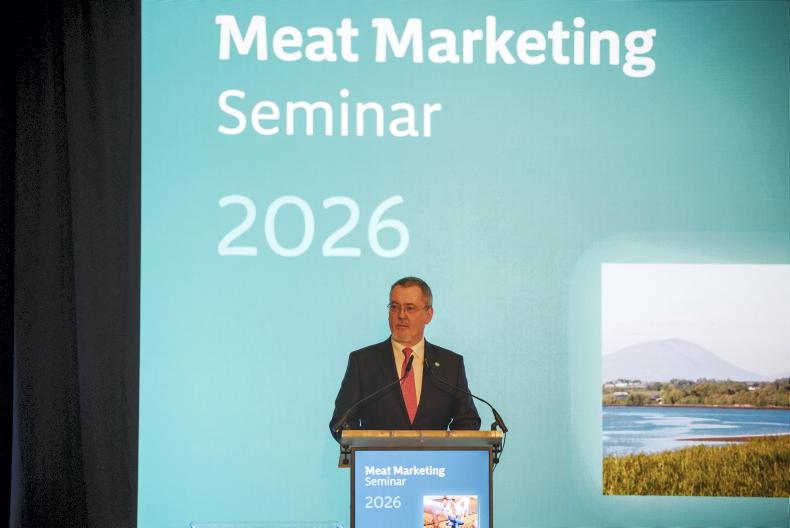Analysts have long been predicting the end of globalisation in favour of a more regionalised trading model.
To date, trade data has not supported the claim that trade is moving in this direction. In fact, data shows that trade flows have stretched out over longer distances since 2004, albeit with a pause between 2012 and 2018, according to Steven Altman and Caroline Bastian from the DHL Initiatives in Globalisation.
According to Pascal Lamy (speaking to the Financial Times last month), globalisation is changing and morphing but the pluses are still higher than the minuses.
The concern for many in trade and particularly an open economy like Ireland’s is that we are entering a new protectionist phase in which there will be more, not less, friction in trade. And indeed trade will be bound up with other issues such as security, defence and geopolitical tensions.
Multilateralism under pressure
We appear to be moving into a world of disorder rather than order, according to Brigid Laffan, Emeritus Professor at the European University.
Speaking at the Irish Farmers Journal Future of Europe event, she said: “I think multilateralism is under extraordinary pressure”.
This is characterised in the world by growing political tensions with the war in Ukraine deepening global divisions.
However, China’s continued aggression towards Taiwan and the United States' fixation with the growth and dominance of China both give rise to concerns of growing disorder.
Russia’s war in Ukraine and the associated sanctions have significant implications for trade in energy and food in particular. The impositions of sanctions have made trade with Russia much more challenging but not impossible.
Market intelligence indicates that trade continues, but not necessarily with the same partners and to the same degree.
As long as sanctions remain in place, Russia, Brazil, India and China are likely to be forced closer together from trade perspective with mutual benefits for all.
Of particular concern is the sense that China is becoming more inward-looking. For the Irish agri food sector, which counts China as our fourth largest market, second largest for dairy and pigs, we cannot afford to ignore the risks that this may pose.
“I can see Xi Jinping moving China in a less trade-dependent model,” according to Pascal Lamy. He credits part of the responsibility to Trump and the US policy that China not only must be contained but also pushed back.
John Bruton noted at the future of Europe conference that China is surrounded by countries that are allied to the US and feels paranoid.
He cautioned: “No matter how difficult it may be, Europe must understand the Chinese perspective as well as the perspective of our best friend the US.” As Lamy says, a globalised China is less dangerous than a deglobalised China.
As a sector reliant on exports with a growing proportion of exports going to non-EU markets, we can’t ignore geopolitics. It must be factored into the cost of doing business and crucially the risks need to be understood.
While the sector has rightly focused on markets and the rewards they offer, risk may now require a greater focus. It is likely that we have now entered an era in which geopolitics will have a much greater impact on farm margins than at any point over the past three or four decades.
Analysts have long been predicting the end of globalisation in favour of a more regionalised trading model.
To date, trade data has not supported the claim that trade is moving in this direction. In fact, data shows that trade flows have stretched out over longer distances since 2004, albeit with a pause between 2012 and 2018, according to Steven Altman and Caroline Bastian from the DHL Initiatives in Globalisation.
According to Pascal Lamy (speaking to the Financial Times last month), globalisation is changing and morphing but the pluses are still higher than the minuses.
The concern for many in trade and particularly an open economy like Ireland’s is that we are entering a new protectionist phase in which there will be more, not less, friction in trade. And indeed trade will be bound up with other issues such as security, defence and geopolitical tensions.
Multilateralism under pressure
We appear to be moving into a world of disorder rather than order, according to Brigid Laffan, Emeritus Professor at the European University.
Speaking at the Irish Farmers Journal Future of Europe event, she said: “I think multilateralism is under extraordinary pressure”.
This is characterised in the world by growing political tensions with the war in Ukraine deepening global divisions.
However, China’s continued aggression towards Taiwan and the United States' fixation with the growth and dominance of China both give rise to concerns of growing disorder.
Russia’s war in Ukraine and the associated sanctions have significant implications for trade in energy and food in particular. The impositions of sanctions have made trade with Russia much more challenging but not impossible.
Market intelligence indicates that trade continues, but not necessarily with the same partners and to the same degree.
As long as sanctions remain in place, Russia, Brazil, India and China are likely to be forced closer together from trade perspective with mutual benefits for all.
Of particular concern is the sense that China is becoming more inward-looking. For the Irish agri food sector, which counts China as our fourth largest market, second largest for dairy and pigs, we cannot afford to ignore the risks that this may pose.
“I can see Xi Jinping moving China in a less trade-dependent model,” according to Pascal Lamy. He credits part of the responsibility to Trump and the US policy that China not only must be contained but also pushed back.
John Bruton noted at the future of Europe conference that China is surrounded by countries that are allied to the US and feels paranoid.
He cautioned: “No matter how difficult it may be, Europe must understand the Chinese perspective as well as the perspective of our best friend the US.” As Lamy says, a globalised China is less dangerous than a deglobalised China.
As a sector reliant on exports with a growing proportion of exports going to non-EU markets, we can’t ignore geopolitics. It must be factored into the cost of doing business and crucially the risks need to be understood.
While the sector has rightly focused on markets and the rewards they offer, risk may now require a greater focus. It is likely that we have now entered an era in which geopolitics will have a much greater impact on farm margins than at any point over the past three or four decades.










SHARING OPTIONS